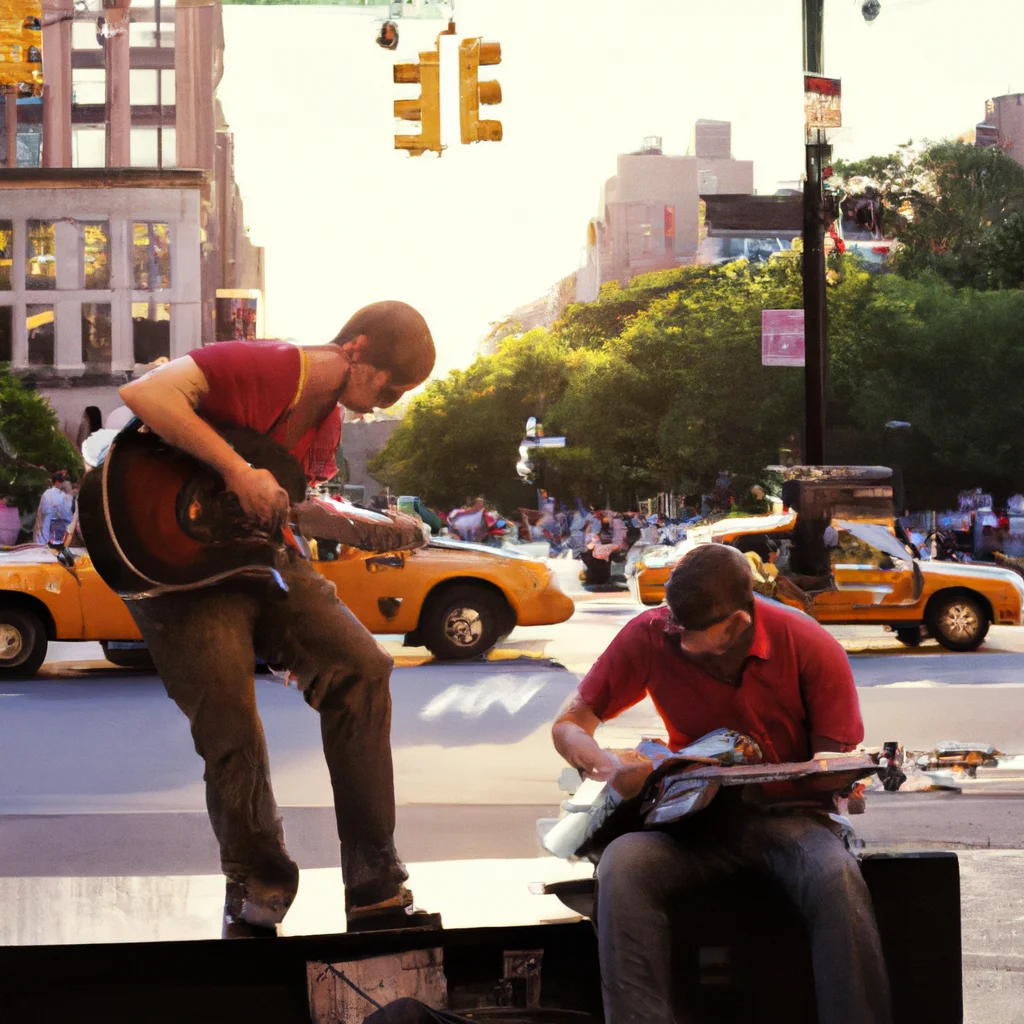Urban photography in New York City offers a unique opportunity to document the essence of city life, presenting a plethora of subjects, settings, and moments that define the urban experience. In this comprehensive guide, we will provide detailed tips and techniques to enhance your photography skills, focusing specifically on the streets of New York City. Our aim is to equip you with the knowledge necessary to produce stunning images that resonate with the viewer.
Understanding Urban Photography
Urban photography is a specialized genre that captures the essence of city life, showcasing architecture, street scenes, and the interactions of people within urban environments. New York City, with its iconic skyline and diverse population, serves as an ideal backdrop for this form of photography. We will explore the various elements that contribute to effective urban photography, including composition, lighting, and storytelling.
Choosing the Right Equipment
Camera Selection
When engaging in urban photography, the choice of camera can significantly impact the outcome of your images. Both DSLRs and mirrorless cameras are suitable for street photography due to their versatility and image quality. Consider the following factors when selecting your camera:
- Portability: A lightweight camera allows for easier maneuverability in crowded urban settings.
- Lens Options: A variety of lenses, including prime and zoom lenses, can help you capture different perspectives.
- Low-Light Performance: Urban environments often present challenging lighting conditions, so a camera with good low-light capabilities is advantageous.
Essential Accessories
In addition to your camera, certain accessories can enhance your photography experience:
- Tripod: A compact tripod can stabilize your camera for longer exposures during low-light conditions.
- Extra Batteries: Urban photography often involves extended periods outdoors, so extra batteries ensure you remain prepared.
- Lens Filters: Polarizing filters can reduce glare and improve color saturation in your images.
Mastering Composition Techniques
Rule of Thirds
Applying the rule of thirds can greatly enhance your compositions. By dividing your frame into a grid of nine equal sections, you can position key elements along these lines or at their intersections. This technique adds balance and interest to your photographs.
Leading Lines
Utilizing leading lines directs the viewer’s eye towards the main subject of your image. Look for natural lines in the environment, such as roads, sidewalks, or architectural features, to guide the viewer’s attention.
Framing
Incorporating natural frames, such as doorways or windows, can create depth in your photographs. This technique emphasizes the subject while adding context to the scene.
Lighting: The Key to Urban Photography
Golden Hour
The golden hour, which occurs shortly after sunrise and before sunset, provides soft, warm lighting that enhances the visual appeal of urban landscapes. We recommend planning your shoots during these times to take advantage of the natural light.
Night Photography
New York City comes alive at night, presenting unique opportunities for photography. Utilize long exposure techniques to capture the glow of city lights. A tripod is essential for stabilizing your camera during these longer exposures.
Capturing Street Life
Engaging with Your Subjects
When photographing people on the streets, it is crucial to establish a connection with your subjects. This can lead to more authentic and compelling images. Consider the following approaches:
- Ask for Permission: Politely asking subjects for permission to photograph them can result in more genuine interactions.
- Observe First: Spend time observing the scene before photographing. This helps in understanding the dynamics and anticipating moments.
Telling a Story
Each photograph can tell a story, providing context and emotion. Aim to capture candid moments that reflect the daily life of New Yorkers. Look for interactions between people, as well as the juxtaposition of architecture and individuals.
Post-Processing Techniques
Editing Software
Post-processing is an essential part of urban photography that allows you to enhance your images further. Popular editing software includes Adobe Lightroom and Photoshop, which offer advanced features for adjusting exposure, contrast, and color balance.
Maintaining Authenticity
While editing, strive to maintain the authenticity of your photographs. Avoid excessive manipulation that alters the essence of the captured moment. A subtle approach to editing can enhance your images while preserving their original character.
Ethical Considerations in Urban Photography
Respecting Privacy
As urban photographers, we must be mindful of the privacy of individuals. While public spaces allow for candid photography, it is important to approach subjects respectfully and with sensitivity.
Cultural Sensitivity
New York City is home to diverse communities. Understanding and respecting cultural nuances is crucial when photographing individuals from various backgrounds. This awareness fosters a positive relationship between the photographer and the subjects.
Conclusion
Urban photography in New York City presents endless opportunities to document the rich tapestry of street life. By mastering composition techniques, understanding lighting, engaging with subjects, and practicing ethical photography, we can create impactful images that resonate with viewers. As you embark on your photographic journey, consider the insights shared in this guide to elevate your skills.
For further inspiration and lifestyle integration, visit Nivax Lifestyle for more insights into urban living and photography.


